Whitefish Point
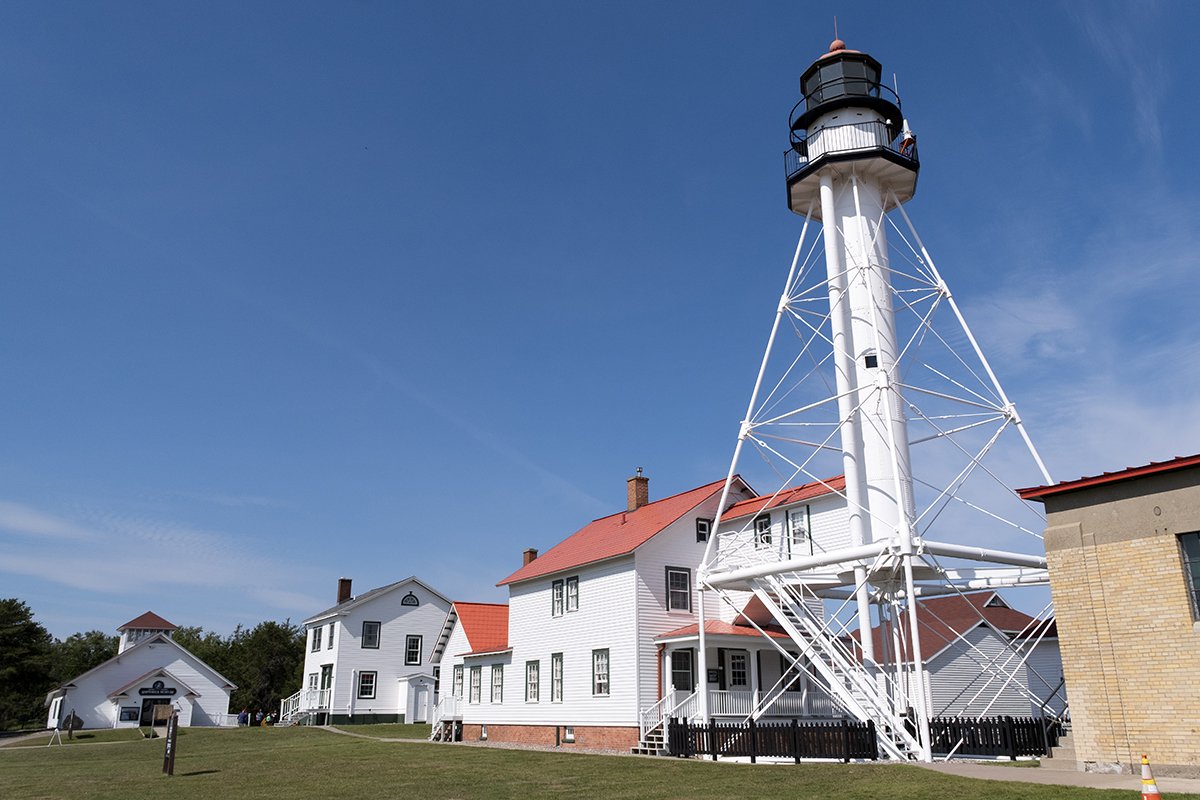
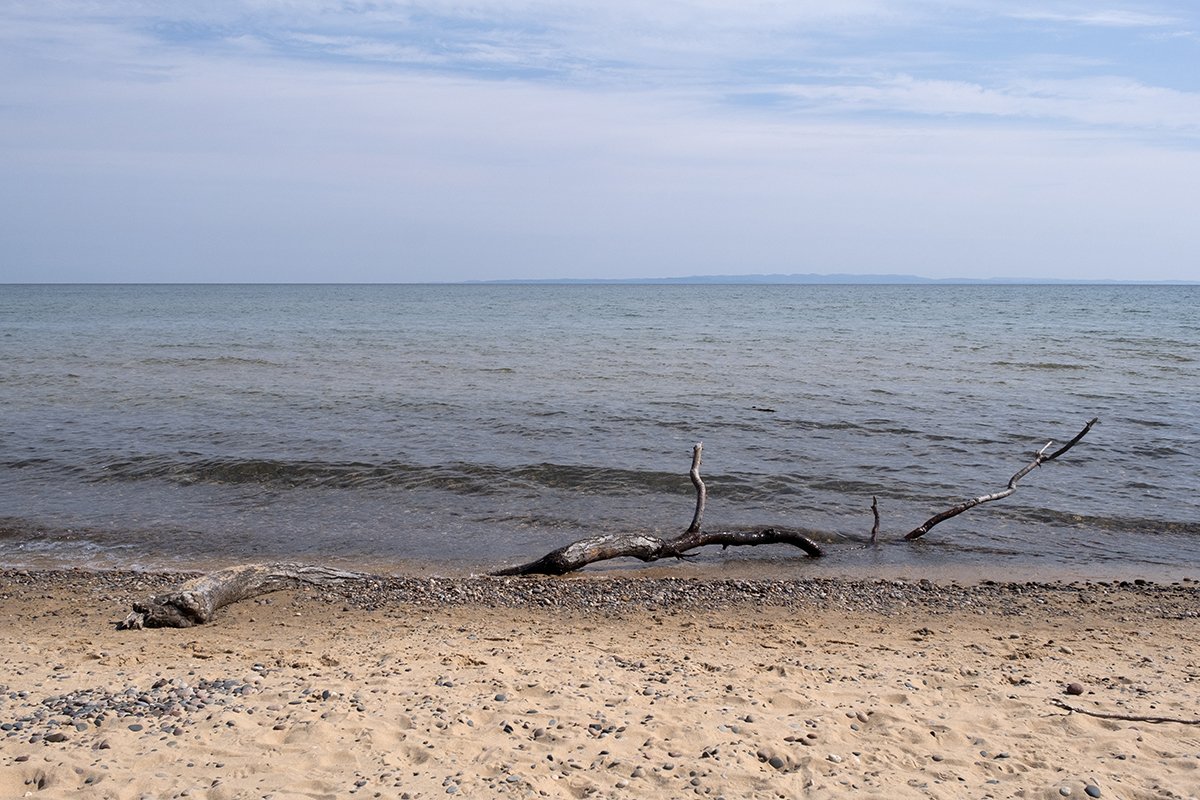
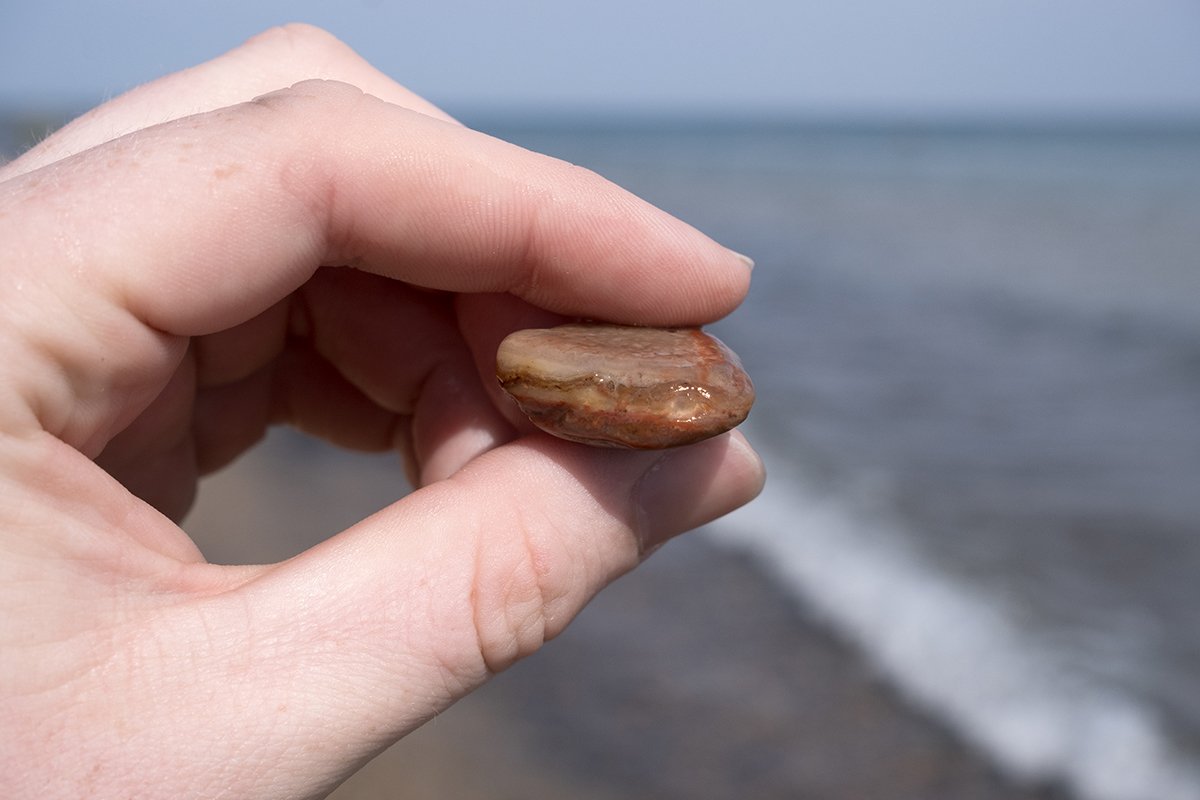
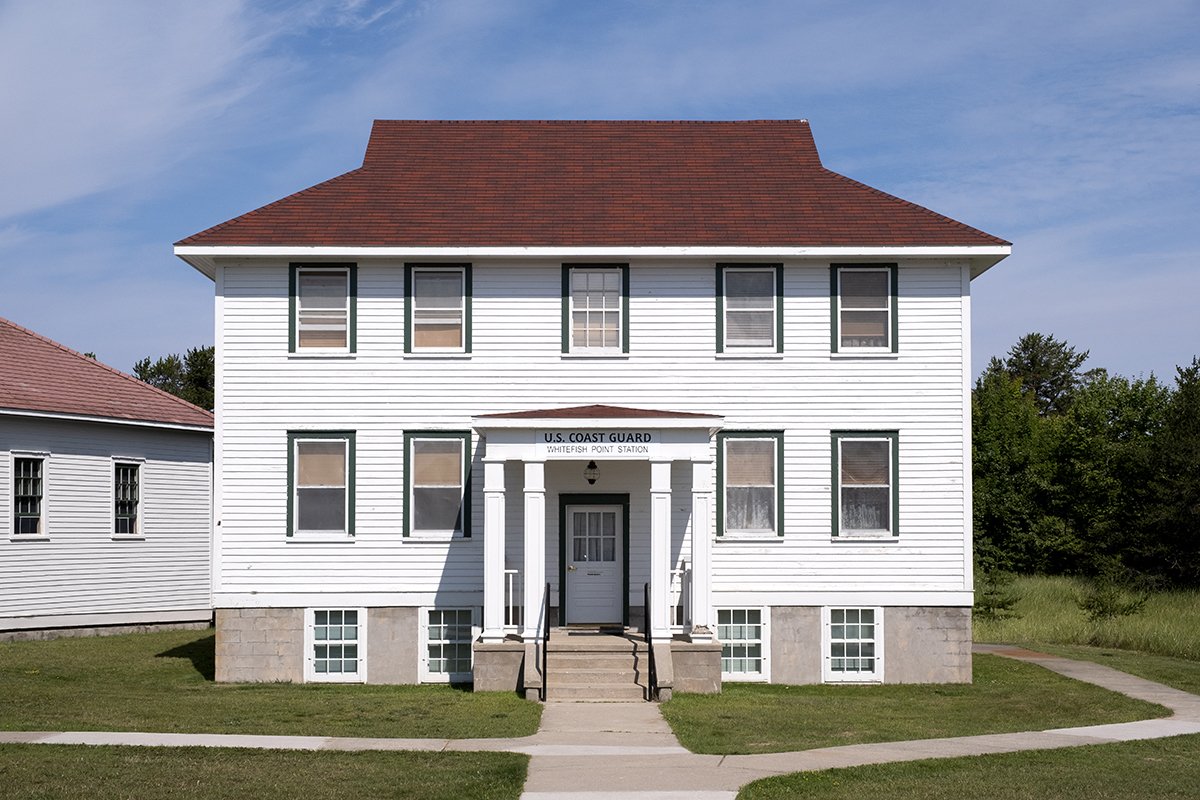
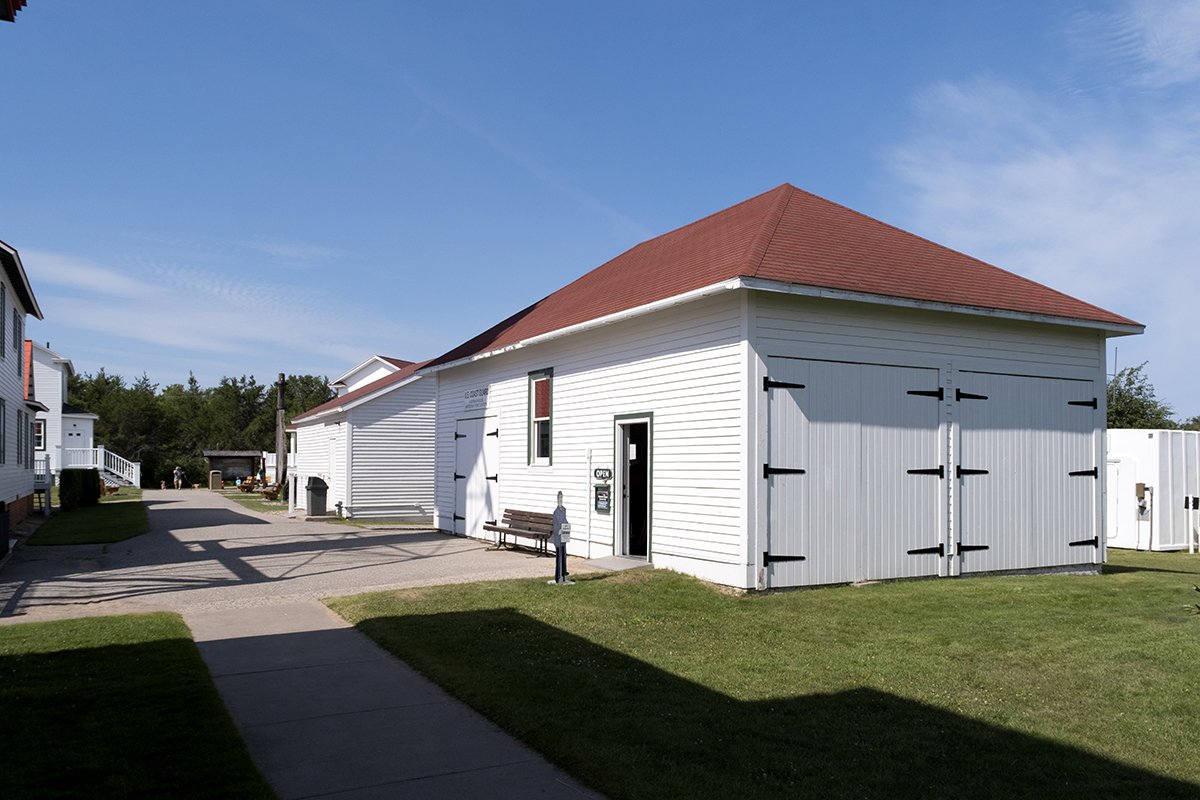

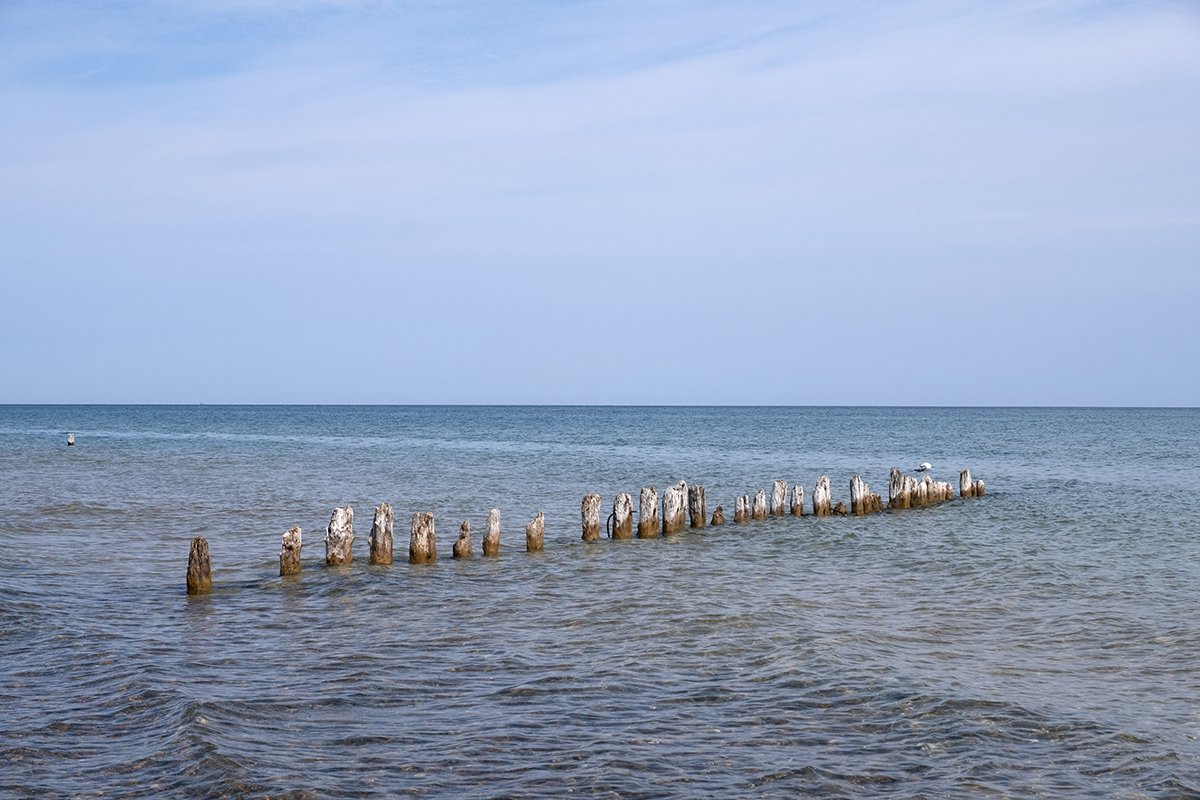
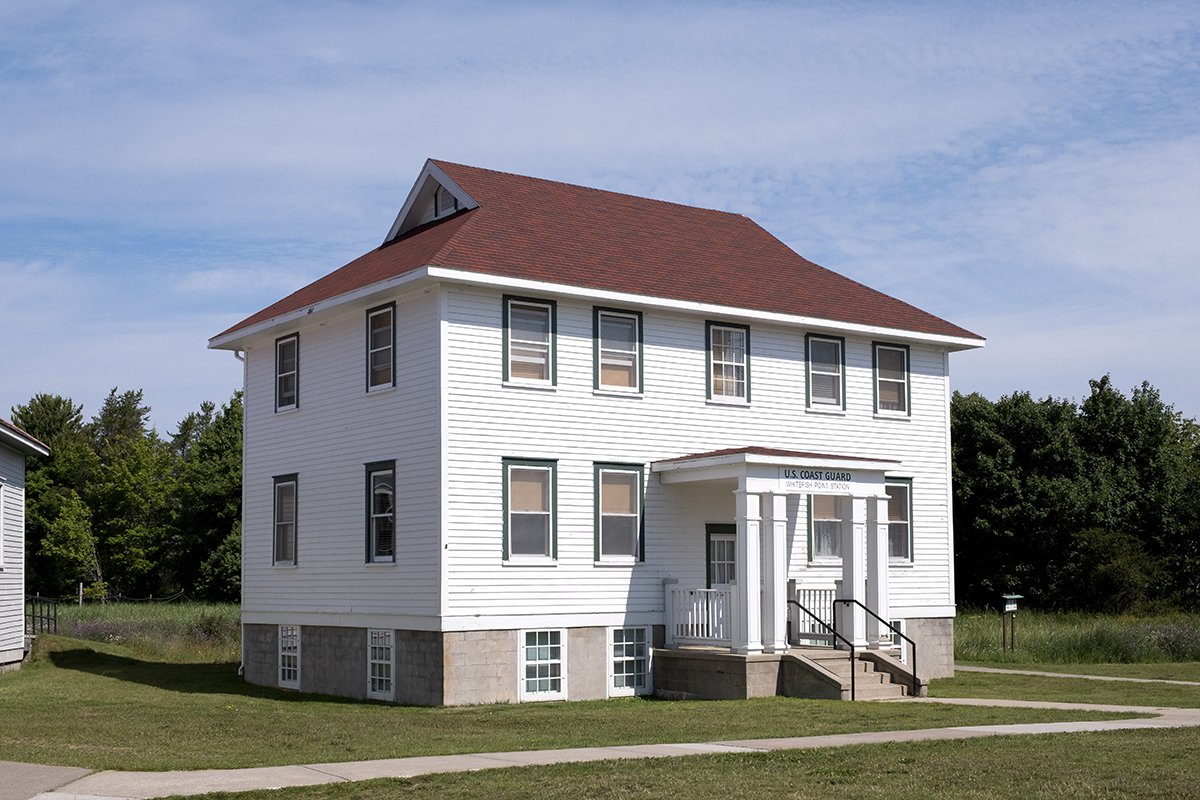
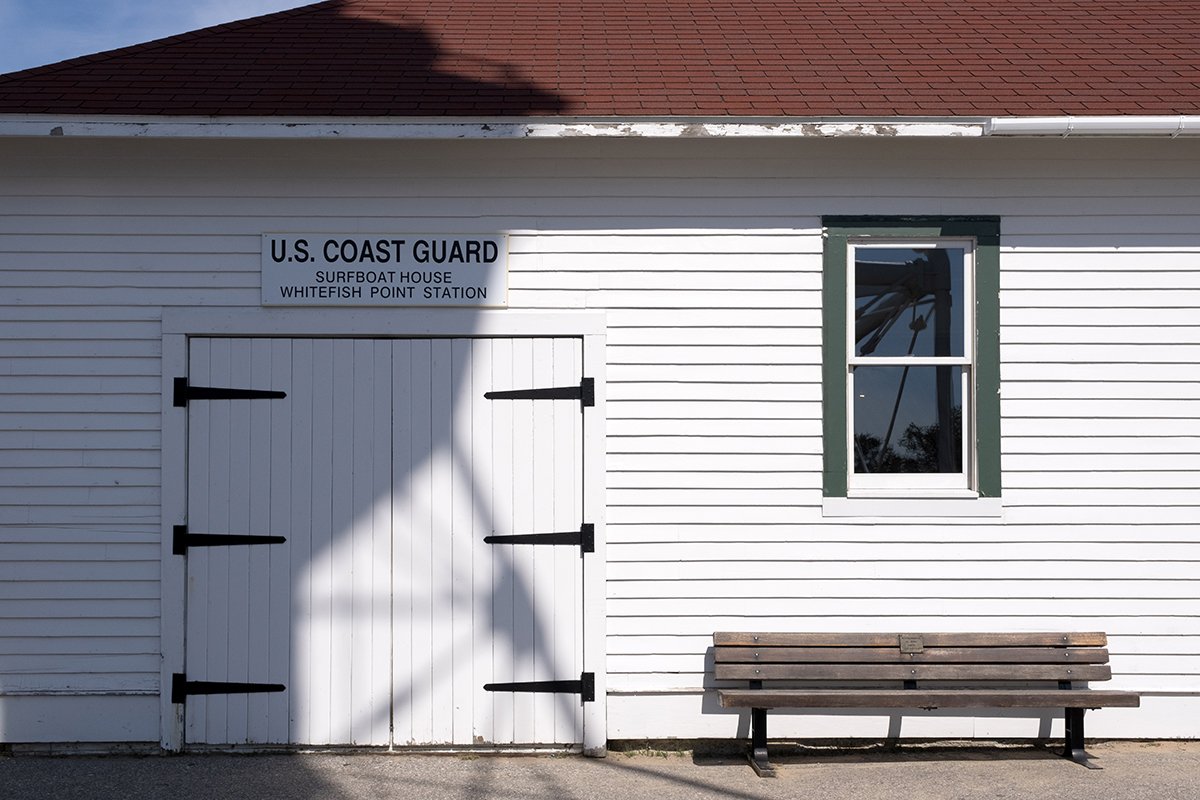
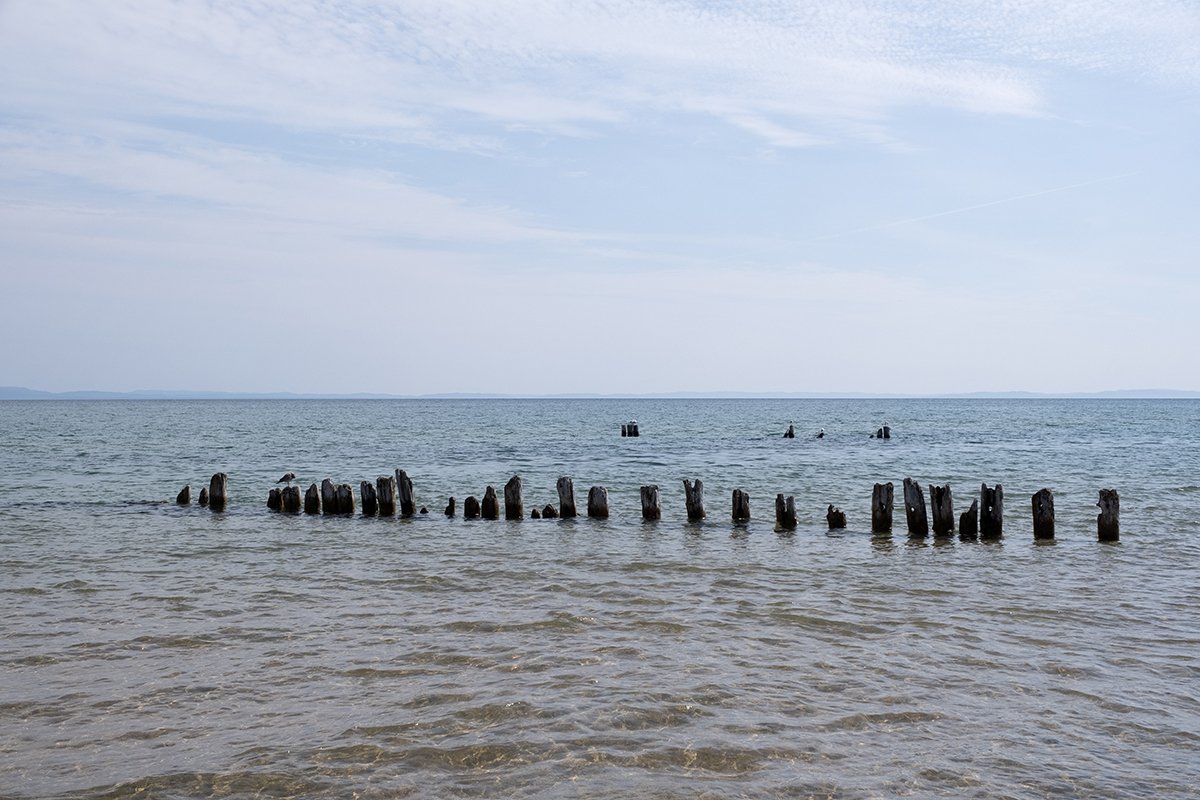
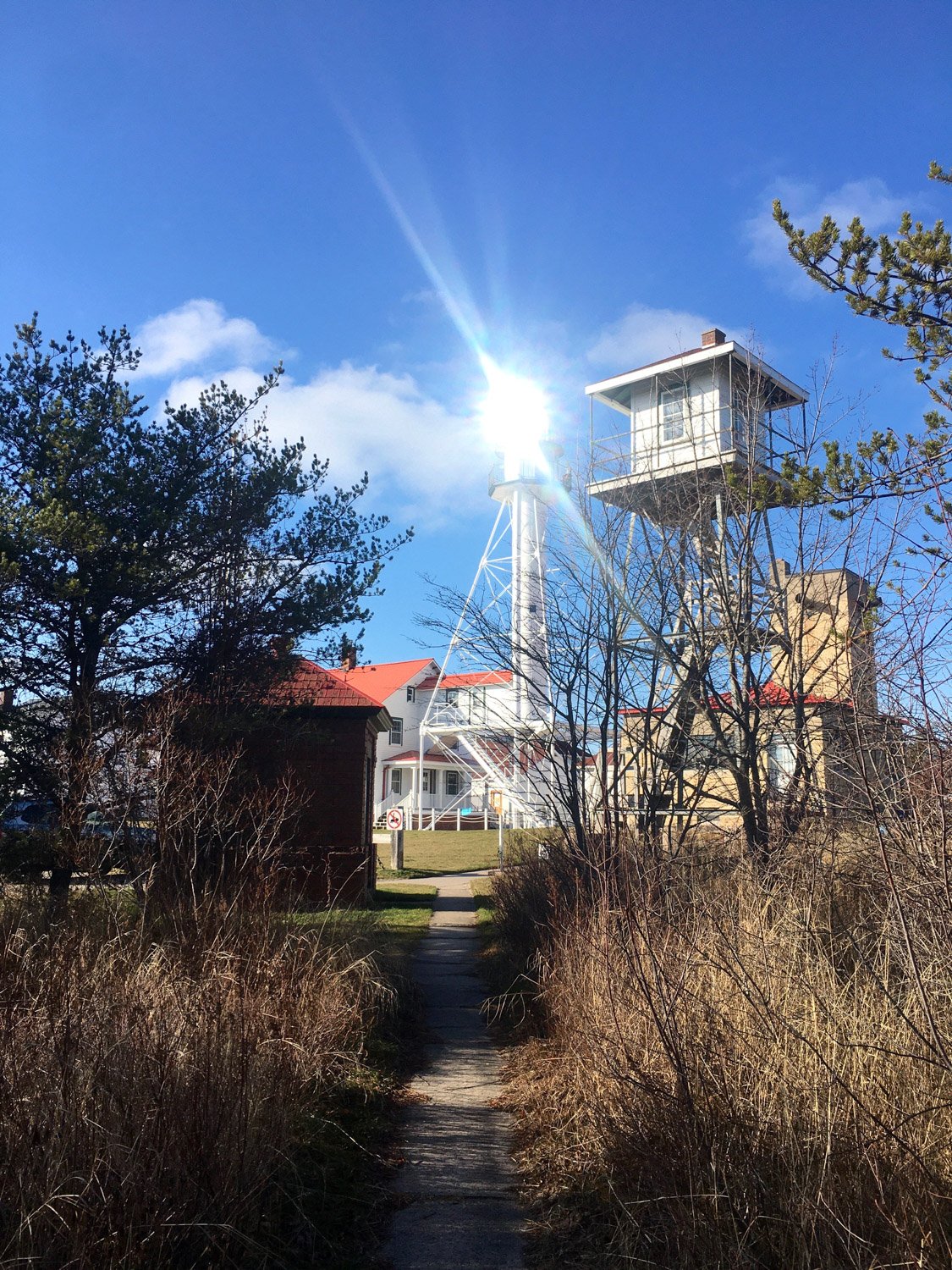
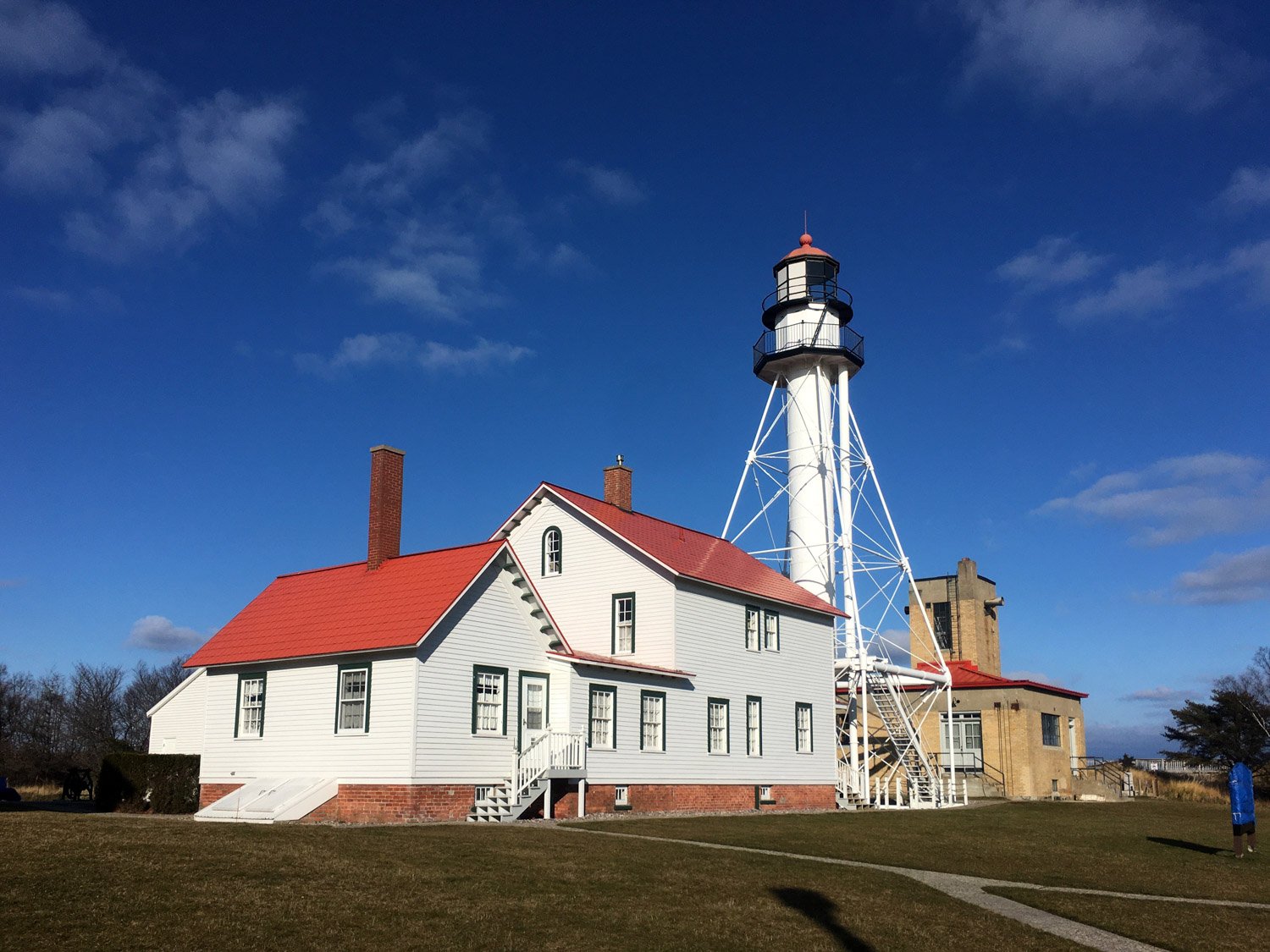
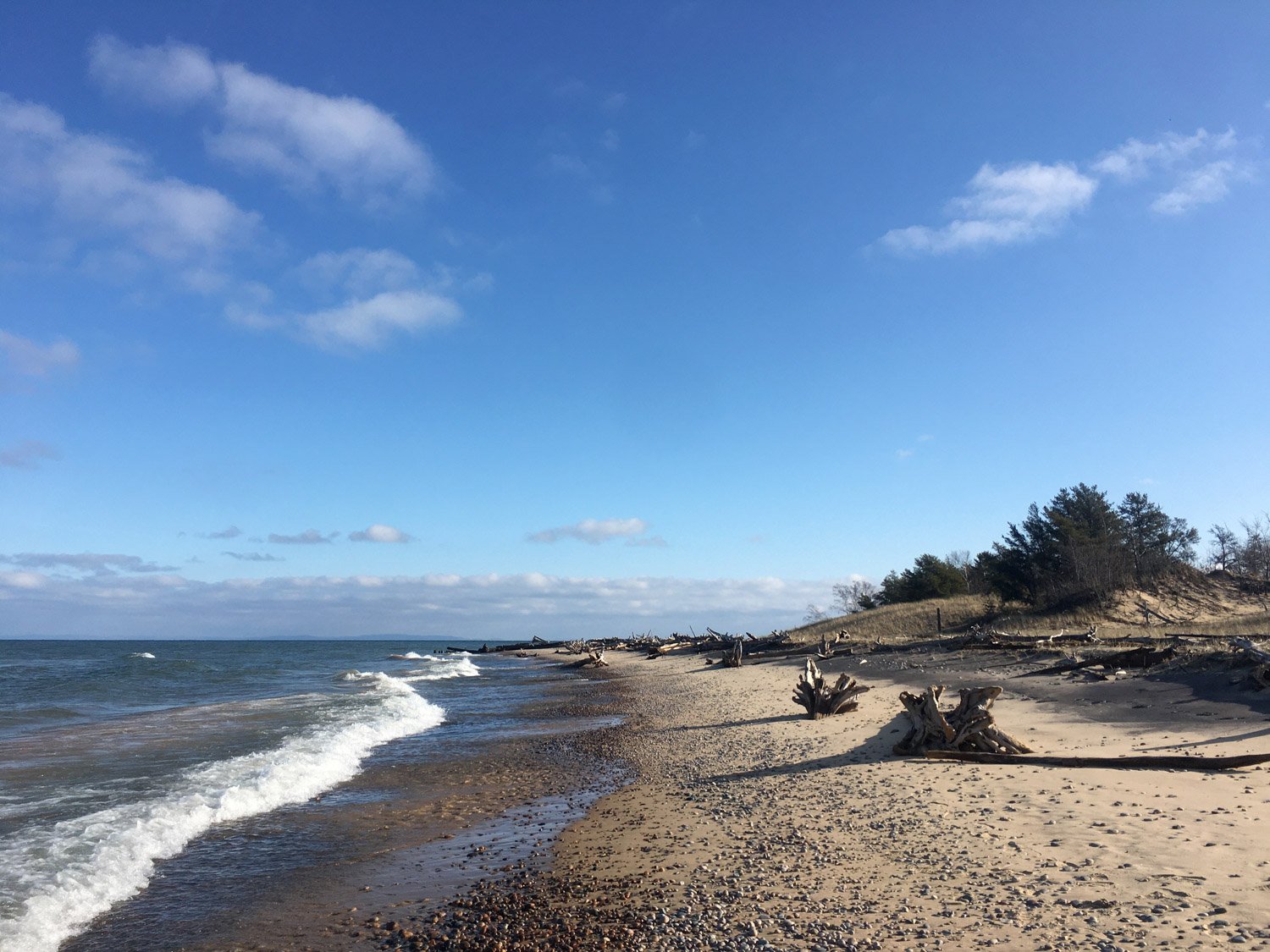

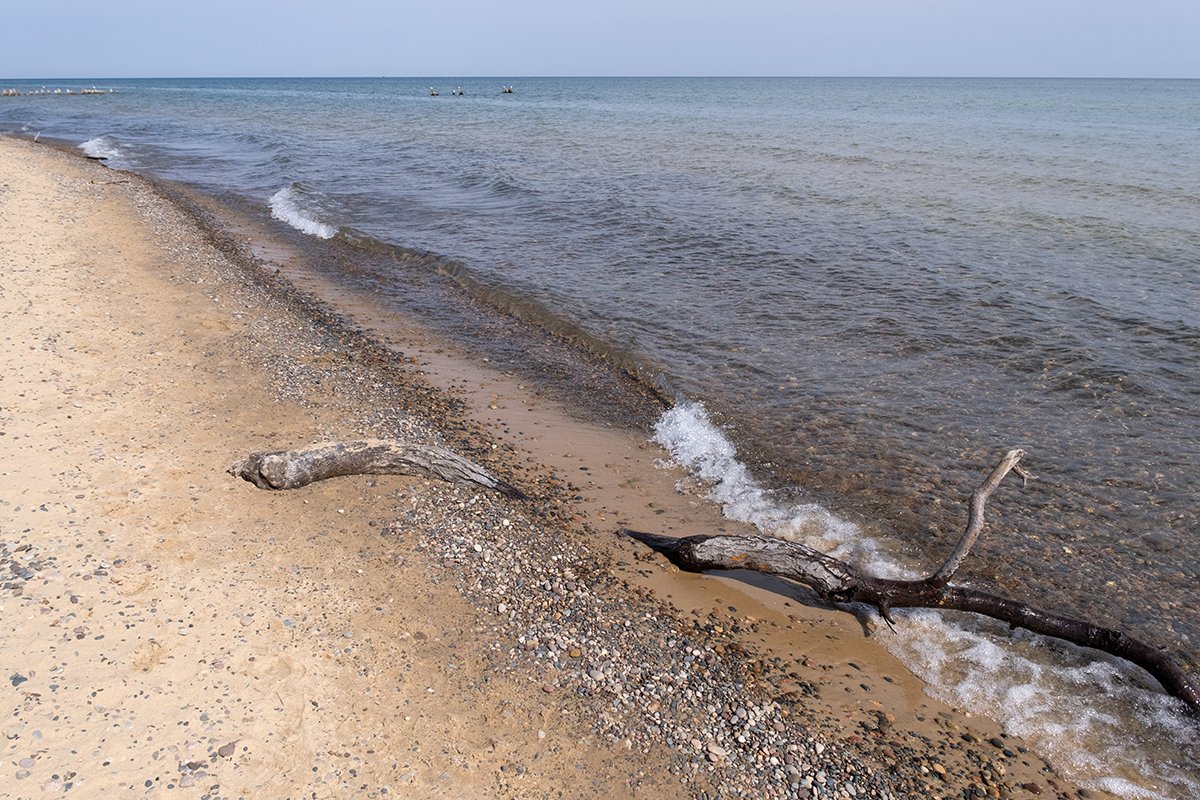
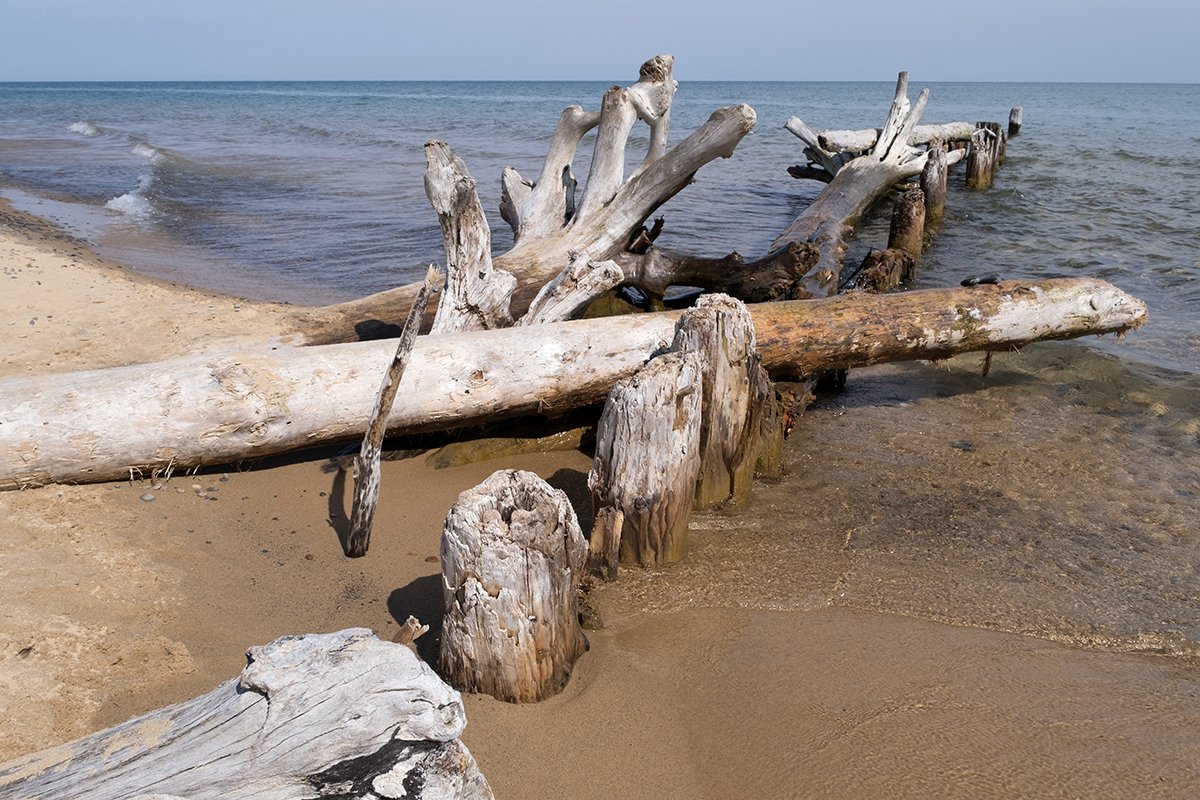
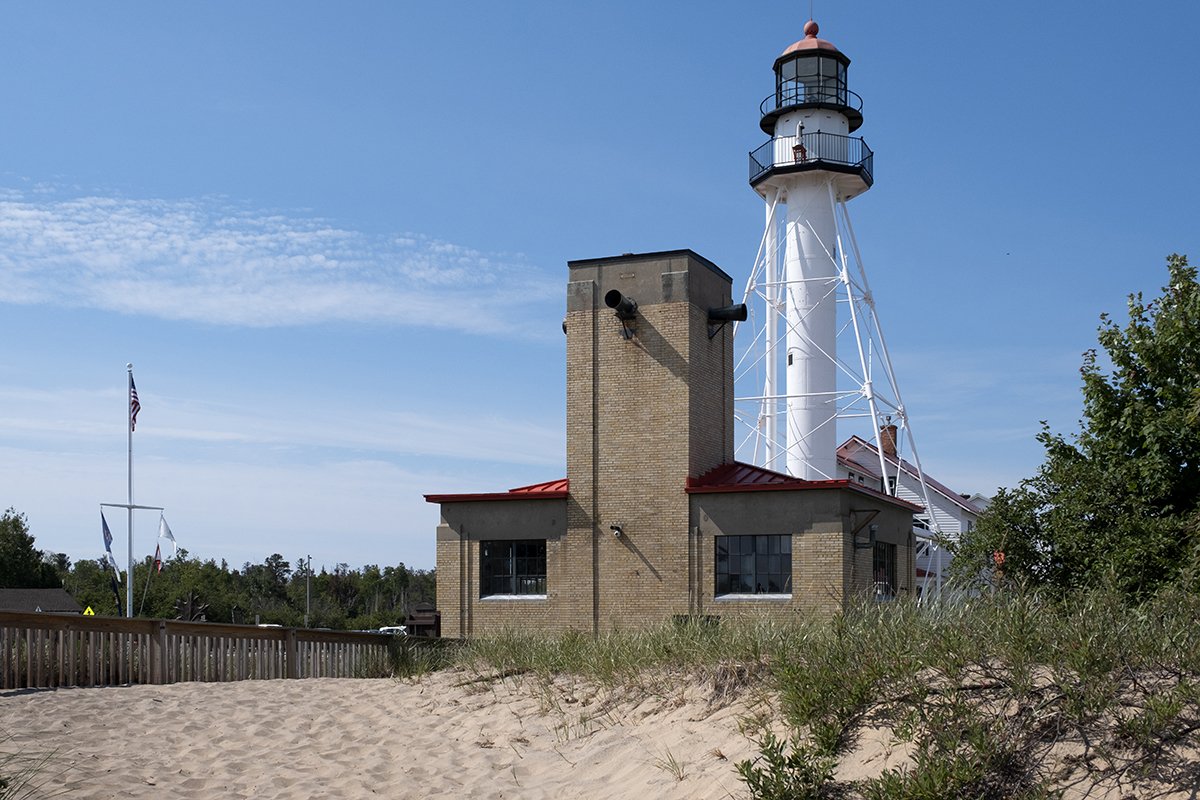
Whitefish Point is a place I had always wanted to visit, and when I finally did, it did not disappoint. My first knowledge of Whitefish Bay, as a Michigander for most of my life, was thanks to Canadian singer Gordon Lightfoot. The Edmund Fitzgerald wreckage is 15 miles off the point of Whitefish Point, and as the song says, if they had made it to Whitefish Bay (the area beyond Whitefish Point), they would have probably survived. Whitefish Point’s Light is still operational (first lit in 1849) and was automated in 1971. Whitefish Point has a lot more to offer than just the lighthouse, though. The area around the light includes numerous other buildings that once housed a lightkeeper and workers' quarters, a motor lifeboat building, and a few other outbuildings. These buildings are now a part of the Great Lakes Shipwreck Museum, which has numerous artifacts from shipwrecks, most notably the bell from the Edmund Fitzgerald. Each year in the fall, the museum hosts an Edmund Fitzgerald Memorial Service to remember those who lost their lives on November 10, 1975, and all those who have lost their lives on vessels in the Great Lakes. If lighthouses and history aren’t really for you, Whitefish Point has even more to offer. The Point is a very popular place for rock hunters and birders, and the Whitefish Point Underwater Preserve was established in the 1980s to preserve almost 400 square miles of bottomlands that are littered with shipwrecks dating back to the 1800s. Another positive about Whitefish Point is that you can access it via completely paved roads, which is not the case for other rock beaches like Vermilion Point, Crisp Point, Two Hearted River, or Muskallonge Lake. To get to Whitefish Point, continue from M-123 onto Whitefish Point Road and you will end up in the parking lot.
